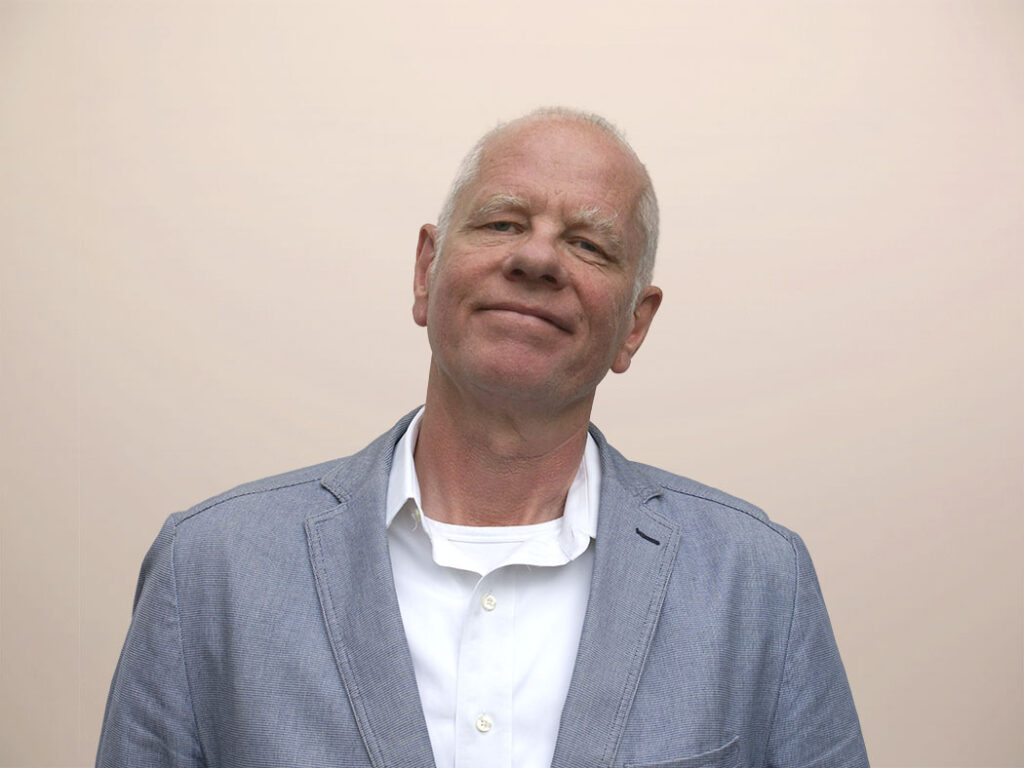Three Tips for Running a High-Performance B2B Revenue Engine
- A holistic view of the revenue engine aligns the operations team for sales, marketing and customer success
- By talking less about leads and more about buying groups, marketing teams can finally speak the same language as their sales colleagues
- Focusing on the revenue engine prompts the sales team to consider the lifecycle of an opportunity – including pre-pipeline opportunity activity
At this year’s InsightSquared Ramp conference in Boston, my colleague Anthony McPartlin and I will be explaining why we at SiriusDecisions believe that the time for revenue operations is now. We will discuss three key insights that drive our views around revenue operations, which my colleagues Dana Therrien and Kerry Cunningham first introduced on the main stage at SiriusDecisions’ U.S. Summit.
For revenue operations tasks to be completed effectively, a company must first look at three key areas:
- Does the organization have a valid and agreed-upon process of what its revenue engine looks like?
- Is the marketing function speaking the same language as the sales team? Or are they focusing only on the lead when sales is more interested in pre-qualified, early-stage opportunities?
- How can sales teams view the entire revenue engine and add insight to opportunities at all stages of development?
 Insight #1: A Comprehensive View of the Revenue Engine
Insight #1: A Comprehensive View of the Revenue Engine
Talk of revenue operations requires organizations to accept the need to adopt an all-encompassing view of the revenue engine. At the core of the construct that SiriusDecisions uses to describe the revenue engine is the Demand Unit Waterfall™, which helps companies align around a joint view of all future potential and current live opportunities as they progress from target demand to a closed/won deal.
SiriusDecisions has long championed the benefits of improving alignment between sales and marketing. We recommend a comprehensive view of the revenue engine that incorporates the required sales cycle milestones between the qualified and pipeline stages prior to the closed stage. The revenue engine has been extended as recurring revenue models became more prevalent and exerted a strong influence on customer engagement practices. This opens into the customer lifecycle – at which point organizations can see all of the potential opportunities for revenue. The need to balance the buyer’s journey and the customer lifecycle and incorporate customer success into the alignment equation has become vital for organizations to outperform their peers.
Insight #2: Leads vs. Opportunities
In the past, marketing worried about how that one special lead would turn into a fully qualified opportunity and result in a closed/won deal; however, all of us know that B2B purchases are typically executed by teams of people working together and not one individual. Moreover, most marketing and sales leaders would agree that tracking the participation from multiple members of a buying group results in a positive and more credible buying signal than one individual’s activity.
Thanks to the demand unit construct and the technology that supports its implementation, marketing and sales teams can now stop the madness of passing and receiving (or ignoring) leads bereft of context and buying group member behavior and need definition. Focus can instead be paid to the demand unit (opportunity) that allows teams from multiple functions to capture, collate and reveal progressively greater insight using a single standard format.
Insight #3: Life Begins Before a Pipeline Opportunity
As an analyst, I sometimes hear of salespeople who consider the Demand Waterfall as a purely marketing-focused construct that under represents the sales effort at the lower end of the funnel. This is misguided; companies use the Demand Waterfall to highlight the state of the health of the complete revenue pipeline – not to apportion points for effort expended at each stage. Previous versions of the Demand Waterfall express a lead’s stages with the organizational function responsible for the work (e.g. marketing qualified leads, teleprospecting generated leads, sales accepted leads). The Demand Unit Waterfall changes that; while all demand progresses in the same way, the responsible function is not always the same. For example, with account-based approaches or standard cross-sell/upsell opportunities, sales may be the first to engage active demand due to its relationship with the account. Marketing may not be involved. In a more transactional situation, marketing may transfer prioritized or qualified demand to a channel partner to close.
The key issue is that to support the revenue engine well, operations teams must move away from a linear and siloed functional view. Rather than prescribe which organizational function (e.g. marketing, sales) must be responsible for each stage of demand progression, the Demand Unit Waterfall allows for full revenue engine transparency and helps organizations determine which function should be primarily responsible for each stage.
